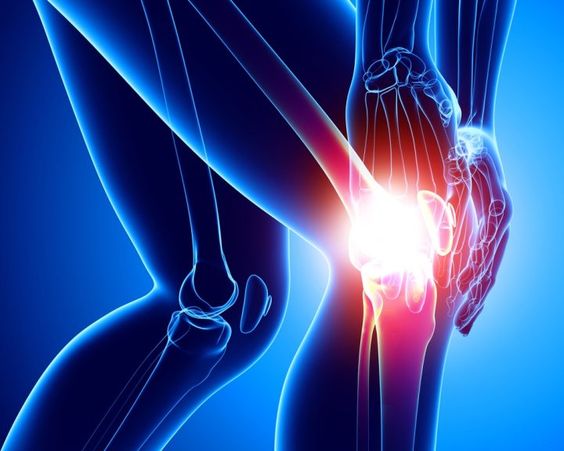Introduction
The anterior cruciate ligament (ACL) is one of the major ligaments in your knee. It connects your thighbone (femur) to your shinbone (tibia) and helps stabilize the knee joint. An ACL tear is a common knee injury, often occurring during sports and other activities that involve sudden stops or changes in direction.

ACL tears can be painful and debilitating, making it difficult to walk or participate in activities you enjoy. Fortunately, with appropriate treatment, most people can recover from an ACL tear and return to their previous activity levels.
This blog post will delve deeper into the symptoms, diagnosis, treatment options, and recovery process associated with ACL tears.
Understanding ACL Tears
The ACL is crucial for maintaining knee stability, especially during rotational movements. When the ACL tears, the knee joint can become unstable, making it difficult to walk, run, or jump.
Common Causes of ACL Tears:
- Sudden changes in direction or pivoting
- Awkward landings from jumps
- Direct impact or collision to the knee
- Sports involving rapid deceleration, like skiing or soccer
Symptoms of an ACL Tear
Recognizing the signs of an ACL tear is crucial for prompt diagnosis and treatment. Common symptoms include:
- A loud "popping" sensation in the knee at the time of injury
- Severe pain and inability to bear weight on the affected leg
- Rapid swelling around the knee joint
- Feeling of instability or "giving way" of the knee
- Limited range of motion
Diagnosis and Treatment
If you suspect an ACL tear, it's important to see a doctor for a proper diagnosis. They will conduct a physical exam, evaluate your symptoms, and may order imaging tests such as an MRI to confirm the diagnosis.
Treatment for ACL tears depends on the severity of the tear and the individual's activity level.
-
Non-surgical Treatment: This approach is suitable for individuals with partial tears or those with less active lifestyles. It involves rest, ice, compression, elevation (RICE), physical therapy, and bracing for support.
-
Surgical Treatment: Surgery is often recommended for complete ACL tears, especially for athletes and those with active lifestyles. The torn ACL is reconstructed using a graft taken from another tendon in your body or from a donor.
Recovery and Rehabilitation
Rehabilitation after an ACL tear is essential for regaining knee strength, stability, and function. Whether treated surgically or non-surgically, physical therapy plays a vital role in the recovery process.
- Physical Therapy: A physical therapist will guide you through exercises designed to restore range of motion, strengthen the muscles surrounding the knee, and improve balance and coordination.
- Return to Activity: The timeline for returning to sports or strenuous activities varies depending on the individual and the chosen treatment method. It's crucial to follow your doctor's and physical therapist's recommendations for a safe and effective recovery.
Conclusion
ACL tears are common knee injuries that can significantly impact mobility and quality of life. Recognizing the symptoms and seeking prompt medical attention is essential for proper diagnosis and treatment. While recovery from an ACL tear can take time and effort, with appropriate care and rehabilitation, most individuals can regain knee function and return to their desired activity levels.





